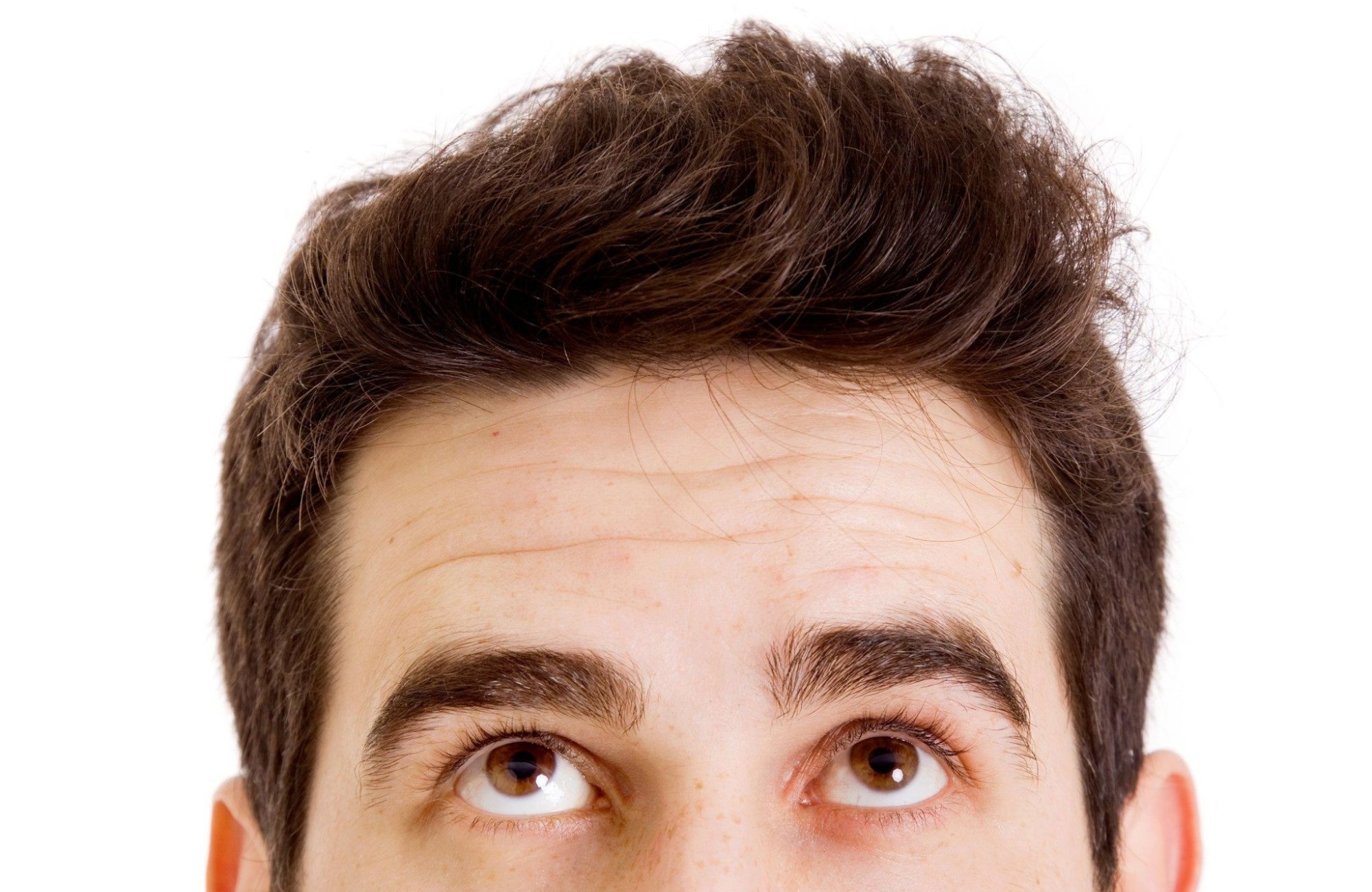Going bald, partially or completely, has long been an inescapable effect of the aging process for men.
Male pattern hair loss is the thinning of hair at the crown of the scalp, in the temple areas on each side of the head. When those two areas begin to merge, men begin to lose the hair on the top of their head.
In many cases men will develop that ring of hair with a bald spot in the middle. Of course, male pattern hair loss can vary quite a bit and progress much further depending on the person.
Related: The Daily Anti-Aging Routine You Can Start Now
The Primary Cause of Male Pattern Hair Loss
Some people will try to explain hair loss in different ways, from washing your hair too often to using too many hair styling products to wearing a hat every day.
But the cause of male pattern hair loss can typically be summed up in one word – genetics.
The cells in the scalp are programmed to begin miniaturizing the hair and make those hair follicles go away. This is usually driven by testosterone or some of the derivatives of testosterone.
Related: Hair Disorders
How to Treat Male Pattern Hair Loss
Treatments are mainly focused on either improving the quality of the hair by treating the hair itself, or by stopping testosterone from affecting those hairs.
Topical, over-the-counter products such as Minoxidil, more popularly known as Rogaine, cause the hair to grow for a longer period of time. If you have short, little vellus hairs that will come up and go away very quickly, Rogaine can make those hairs become fuller, darker and more long-lasting.
Because Rogaine is widely accessible and relatively inexpensive, we sometimes recommend it for men as a treatment focused on treating the hair itself.
Propecia is an oral treatment that requires a prescription. Propecia blocks testosterone receptors to reduce the effect of testosterone.
Recently, Propecia has been found to have side effects that last after treatment ends, including the loss of libido. Although this doesn’t occur very often, it is a concern that has made Propecia somewhat less popular.
On the positive, Propecia has been linked to the prevention of prostate cancer, although there is no guarantee that a man taking Propecia will not develop prostate cancer.
What We Recommend
Every man is different, and some men are more concerned about male pattern hair loss than others. Also, it’s important to understand that both of the treatments mentioned generally help hair growth in the crown and not the front of the scalp.
If you’d like to learn more about what you can do to prevent male pattern baldness, please schedule a consultation. We’ll educate you about the treatment options and possible side effects and help you determine the best course of action.

Dr. R. Todd Plott is a board-certified dermatologist in Coppell, Keller, and Saginaw, TX. His specialization and professional interests include treating patients suffering with acne, identifying and solving complex skin conditions such as psoriasis, rosacea, atopic dermatitis, and identifying and treating all types of skin cancers. In his spare time, Dr. Plott enjoys cycling, traveling with his wife, and spending time with his children and new grandson.
Learn more about Dr. Plott.

